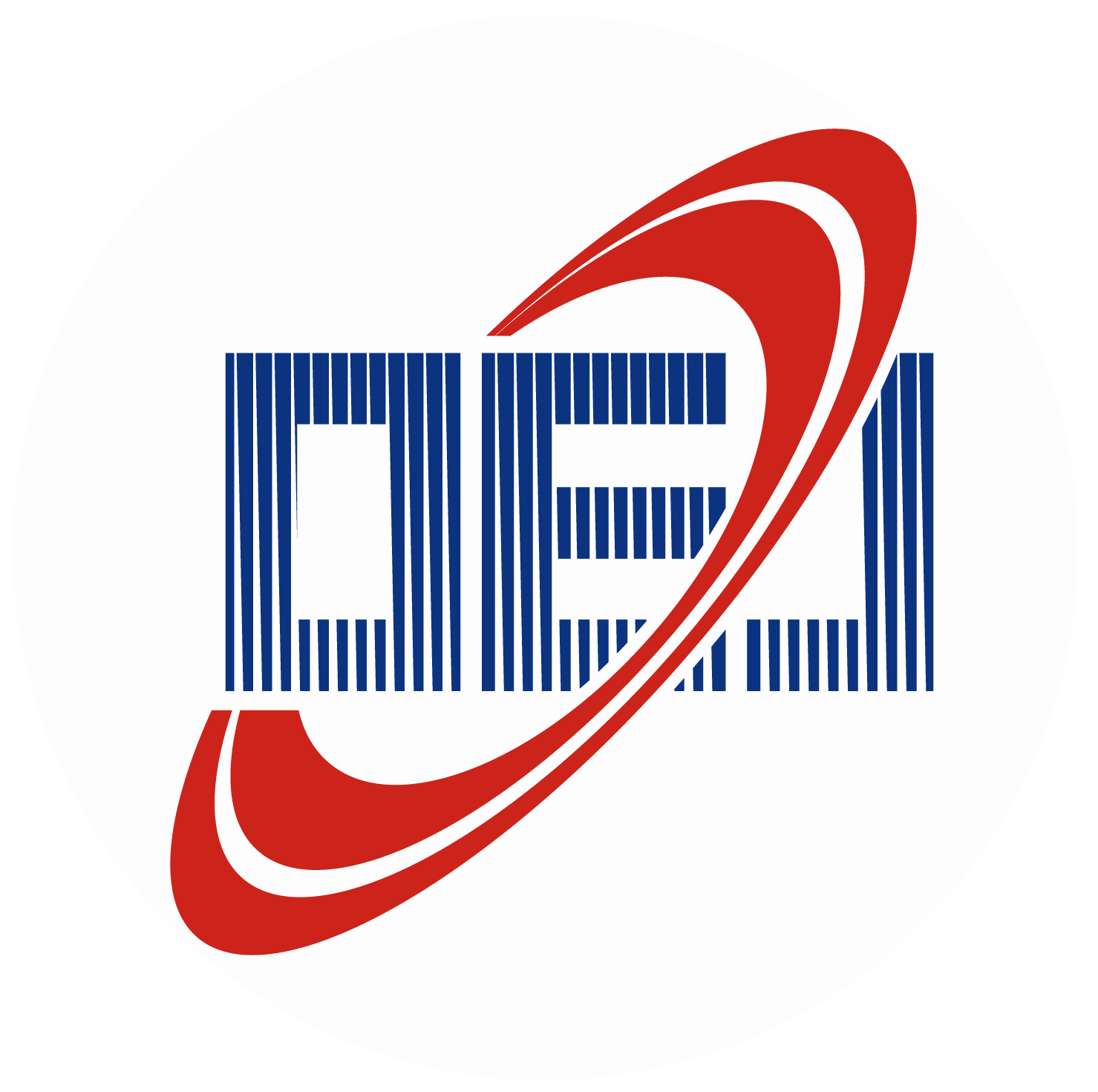-
Abstract
In recent years, there has been a significant transformation in the field of incoherent imaging with new possibilities of compressing three-dimensional (3D) information into a two-dimensional intensity distribution without two-beam interference (TBI). Most of the incoherent 3D imagers without TBI are based on scattering by a random phase mask exhibiting sharp autocorrelation and low cross-correlation along the depth. Consequently, during reconstruction, high lateral and axial resolutions are obtained. Imaging based on scattering requires an astronomical photon budget and is therefore precluded in many power-sensitive applications. In this study, a proof-of-concept 3D imaging method without TBI using deterministic fields has been demonstrated. A new reconstruction method called the Lucy-Richardson-Rosen algorithm has been developed for this imaging concept. We believe that the proposed approach will cause a paradigm-shift in the current state-of-the-art incoherent imaging, fluorescence microscopy, mid-infrared fingerprinting, astronomical imaging, and fast object recognition applications. -



 E-mail Alert
E-mail Alert RSS
RSS


